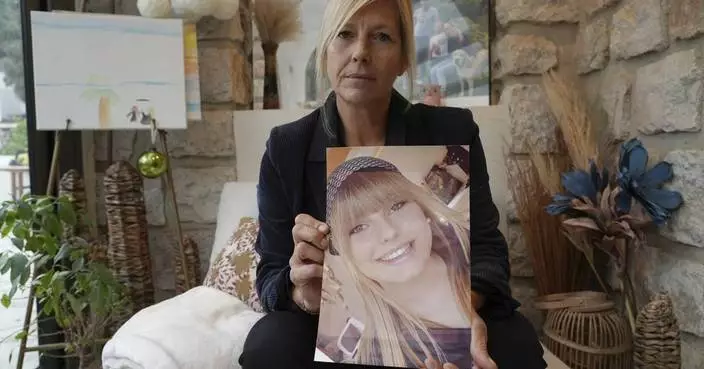The incident occurred on November 4 when the Wang family discovered a coffin while they were doing some road maintenance works. Mr. Wang said his house was constructed some 20 years ago, and he remembered he did not dig very deep for the base of the house, and he had never heard of old coffins being buried in the area.
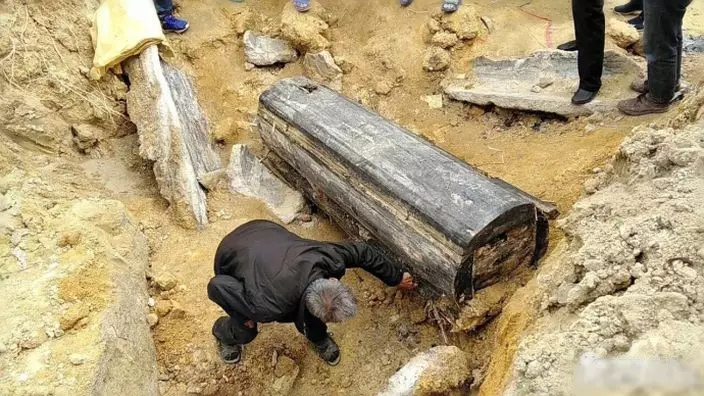
On the morning of the incident, Mr. Wang hired a digging machine and started working for about an hour when they struck a tablet that covered the coffin which did not bear any inscriptions.
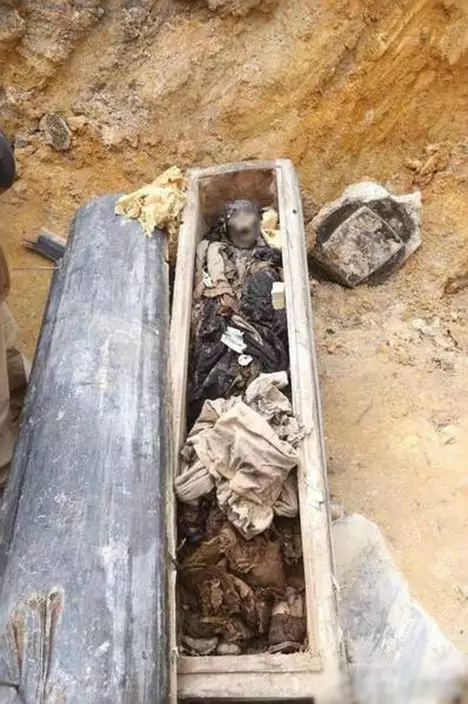
At first, Wang thought it was just an ordinary coffin. According to local customs, he was about to relocate it somewhere else with good Feng Shui. But when they opened the coffin, they found parts of the corpse were still intact, and one could still see the facial features quite clearly.
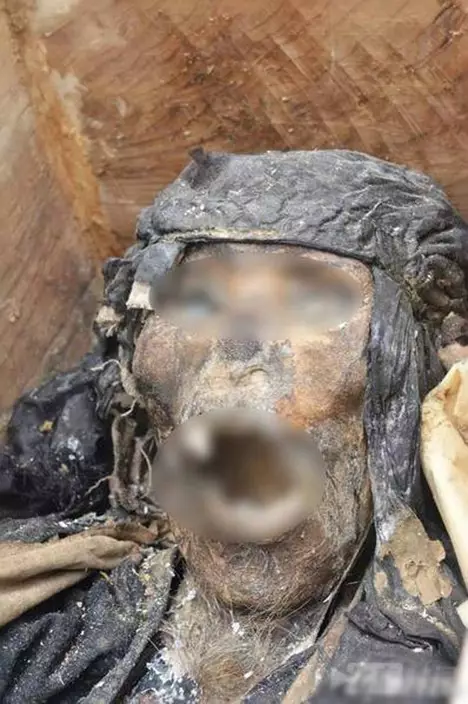
Local authorities were alerted to the find, but even village elders had no clue about the coffin. The estimate is that it had been there for several hundred years. Eventually, it was decided that the incident should be reported to the heritage department.

The villagers were told to preserve the coffin and wrap it in plastic sheets awaiting the arrival of experts to determine its historical value.
MELBOURNE, Australia (AP) — A rare bloom with a pungent odor like decaying flesh has opened in the Australian capital in the nation’s third such extraordinary flowering in as many months.
The corpse flower, also known by its scientific name amorphophallus titanium, bloomed for the first time in its 15 years at Canberra’s Australian National Botanic Gardens on Saturday and was closing on Monday, staff said.
Another flowered briefly in the Sydney Royal Botanic Gardens in late January, attracting 20,000 admirers. Similar numbers turned out to experience another rancid bloom at the Geelong Botanic Gardens southwest of Melbourne in November.
The corpse flower or corpse plant, known as bunga bangkai in its native Indonesia, is endemic to the rainforests of western Sumatra.
It only blooms for a few days every 7 to 10 years in its natural habitat. Its rancid scent attracts pollinators such as flies.
There are thought to be only 300 of the plants in the wild and fewer than 1,000 including those in cultivation.
Canberra’s acting nursery manager Carol Dale said there was no clear explanation for Australia’s spate of putrid blooms.
A flower is produced when the plant has stored enough energy in its underground tuber known as a corm.
“One of the theories is that a lot of these plants are of a similar age, so they have just stored up enough carbohydrates in the corm to finally produce a flower,” Dale said.
“All of the plants around Australia are held in different conditions, so it’s unusual that they’re all flowering at the same time.” she added.
She said Canberra, Sydney and Geelong had different climates. Gardeners used different fertilizing regimes on each plant and different management plans.
Dale said that after 15 years without a bloom, she had decided that Canberra, which occasionally receives snowfall, was not the place for a corpse plant to thrive.
“It’s been in our collection for slightly longer than these plants would normally take to flower for the first time, so we just didn’t think we had the right conditions here in Canberra,” Dale said.
“So yes, it did catch us by surprise; a very pleasant one,” she added.
The flower began opening around lunchtime on Saturday and its rancid odor quickly deteriorated.
“By Saturday evening, it was incredibly pungent. We could smell it from across the road. It was definitely gag worthy,” Dale said.
The crowds attracted to the 135-centimeter (53-inch) tall flower were limited to the hundreds by a ticketing system due to space constraints within the greenhouse.
Admirers likened the stench to a range of dead animals, rotten eggs, sweaty socks, sewage and garbage.
Dale said the worst had passed by Monday.
“We collected pollen about an hour ago and when you’re right up close to the plant, it’s still got that rotting flesh smell,” she said.
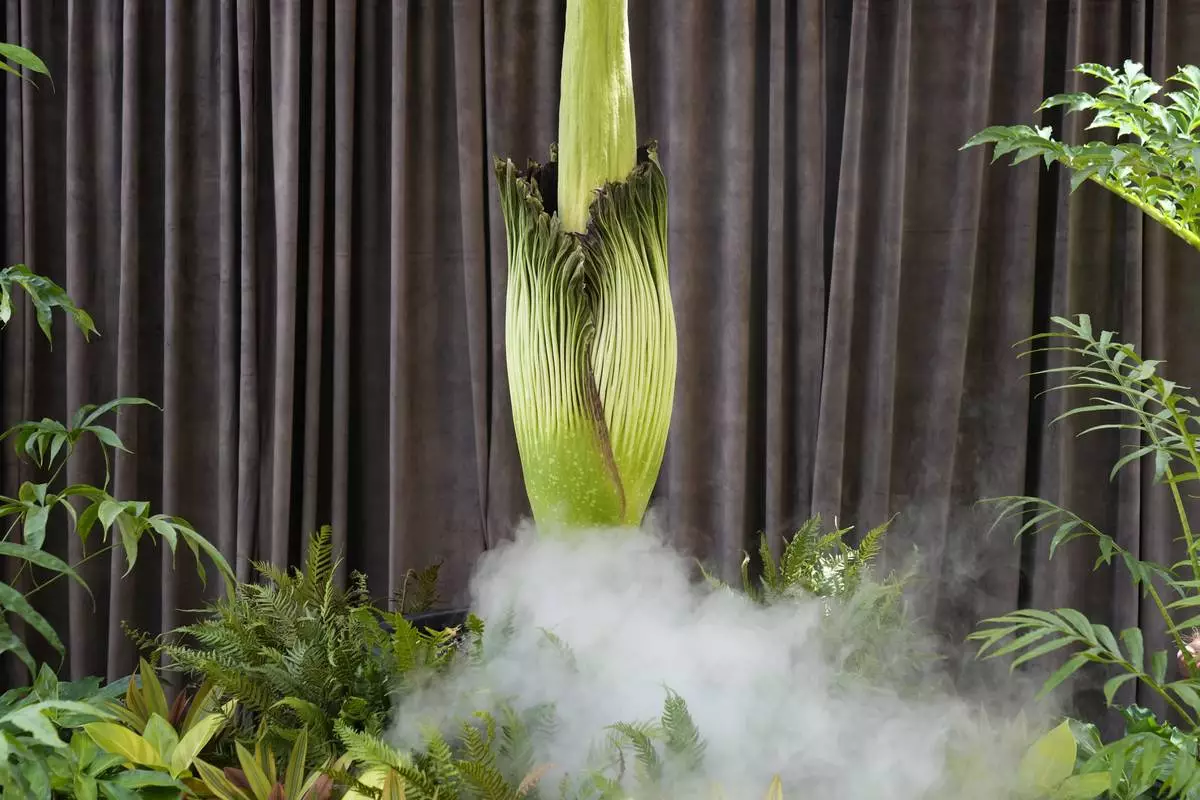
A corpse flower begins to bloom at the Royal Botanical Gardens in Sydney, Australia, Jan. 23, 2025, before another has opened in the Australian capital Canberra in the nation's third such unusual flowering in recent months. (AP Photo/Rick Rycroft)
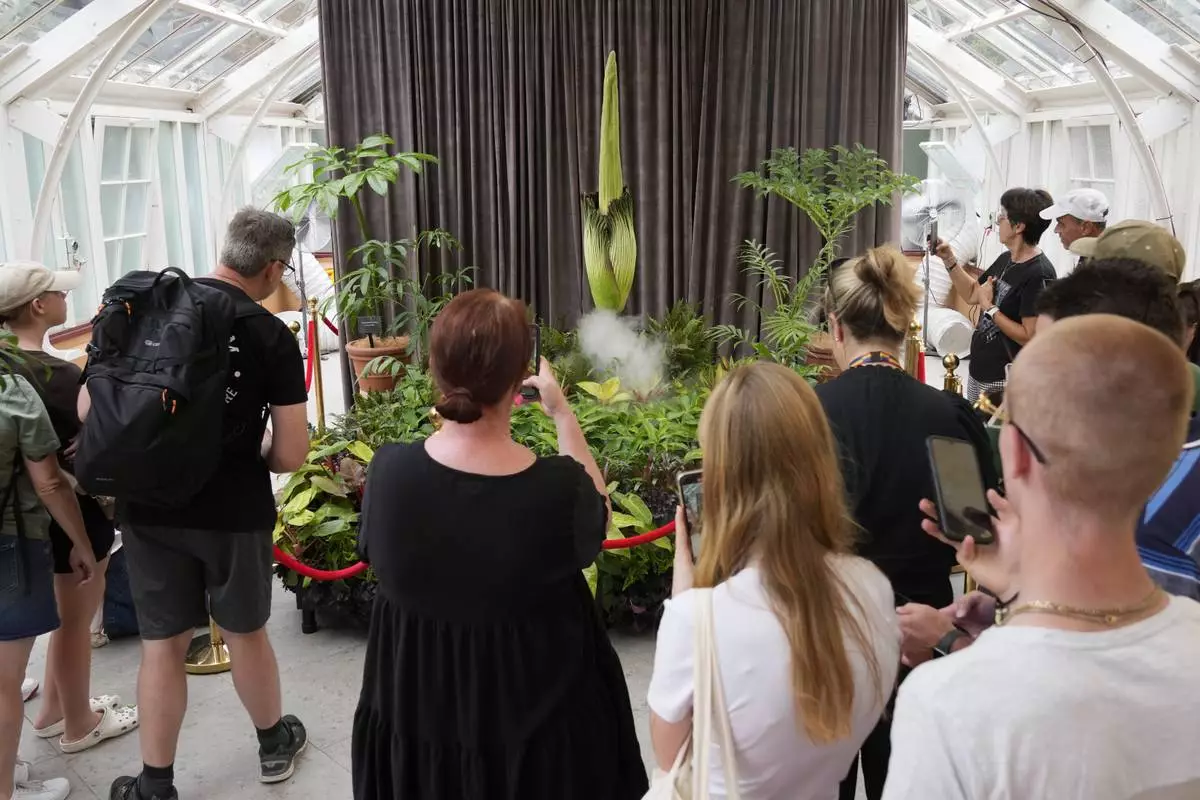
People gather around a corpse flower that begins to bloom at the Royal Botanical Gardens in Sydney, Australia, Jan. 23, 2025, before another has opened in the Australian capital Canberra in the nation's third such unusual flowering in recent months. (AP Photo/Rick Rycroft)










